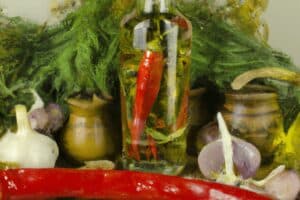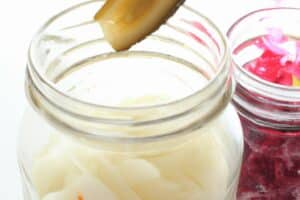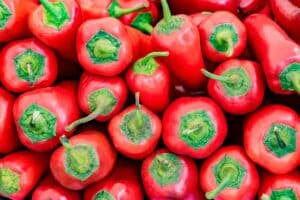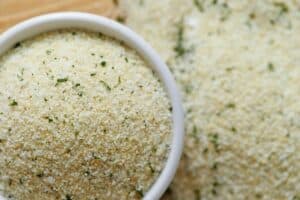Cajun seasoning is a perfect culinary representation of its disparate geographical roots.
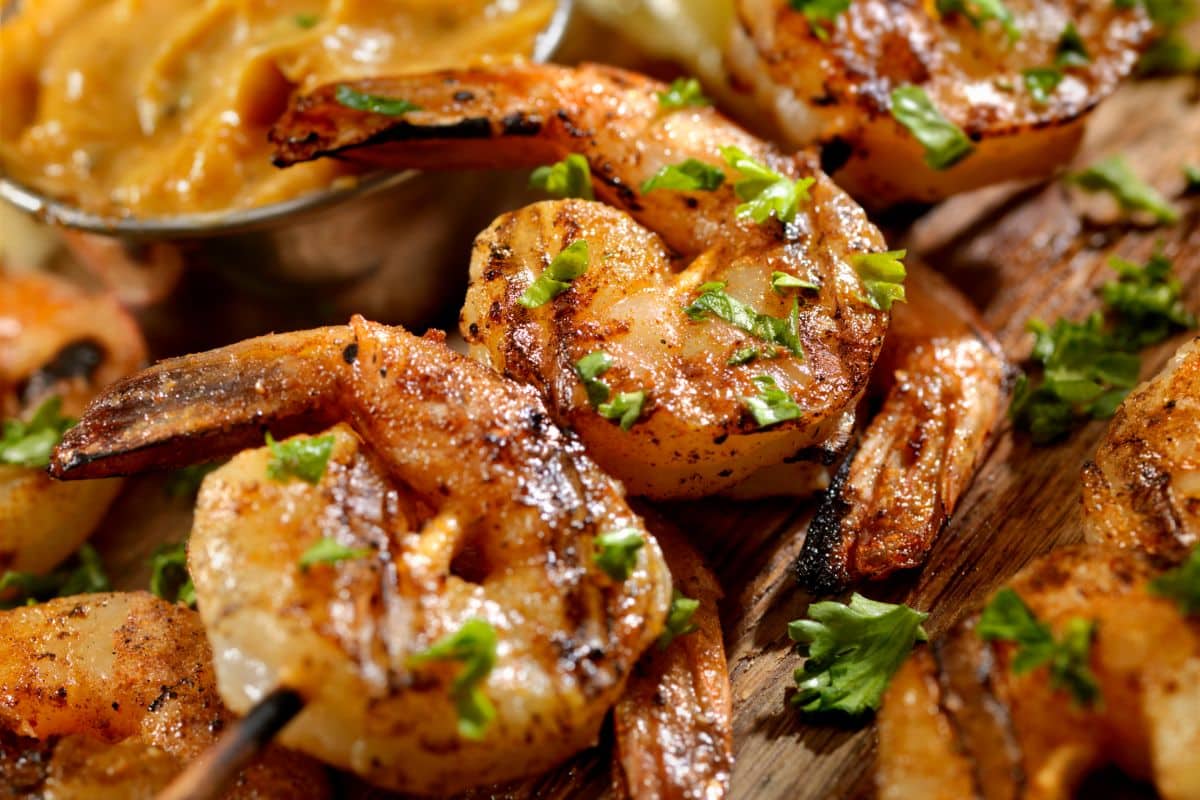
It comprises the hearty herbs and garlic of classical French cuisine, the fiery spice of the Americas and Spain, and the applications of African cooking.
And all with a southern twist thanks to Louisiana serving as the cultural melting pot where all these elements came together.
Renowned not just for its distinct kick, but robust savory flavors, Cajun seasoning is an incredibly versatile ingredient used to make countless delicious rubs, sauces, marinades, and full-blown meals.
Alas, an ingredient that can be applied liberally in so many circumstances has one weakness… it runs out before you know it.
Not to worry, though, as there are some fantastic substitutions that you can use in its stead, the best three being Creole seasoning, Old Bay seasoning, and a cayenne pepper/paprika blend.
Why is this the case? Well, that’s precisely what we’ll be discussing here today!
Cajun Seasoning Substitutes: Cooking Ratio & Nutritional Value
| One teaspoon of: | Calories | Fat | Carb | Protein | Fiber | Sodium | Ratio |
| Creole Seasoning | 0 | 0 g | 0 g | 0 g | 0 g | 1400 mg | 0.5:1 |
| Old Bay Seasoning | 0 | 0 g | 0 g | 0 g | 0 g | 560 mg | 2:1 |
| Cayenne Pepper & Paprika Blend | 5.9 | 0.3 g | 1.1 g | 0.25 g | 0.7 g | 2 mg | 1:1 |
What Does Cajun Seasoning Taste Like?
The first thing that strikes the tongue after tasting Cajun seasoning is the powerful kick facilitated by cayenne pepper and paprika, but this seasoning blend is anything but a one-trick pony.
Blooming beneath the heat of Cajun seasoning is an earthy and distinctly European foundation introducing a hint of complexity to the equation, a savory note that mirrors that of all Cajun cuisine.
Cajun Seasoning Nutritional Value
While there is no exact blend formula for Cajun seasoning, generally speaking, a single teaspoon of the mix will contain:
- 0 calories
- 0 g fat
- 0 g carb
- 0 g protein
- 0 g fiber
- 520 mg sodium
While the salt level in Cajun seasoning should always be taken into consideration, it has some impressive potential health benefits, including antioxidant and anti-inflammatory properties.
1. Creole Seasoning
Cajun seasoning was, in part, created by the Creole people of southern North America in the 1700s, so it should come as no surprise that the seasoning exclusive to their cuisine serves as a fantastic substitute in a pinch.
Creole blends may differ from product to product, but typically, they’ll be made up of garlic and onion powder, cayenne pepper, paprika, and black pepper, all of which are common ingredients in Cajun seasoning.
Granted, Cajun blends tend to have a lot more ingredients, but the rudimentary marriage of spicy and savory components is present in Creole seasoning, so it will have a very similar impact on your cooking.
Use it in any recipe that calls for Cajun seasoning and you’ll be happy with the results.
But bear in mind that Creole seasoning tends to contain a lot more cayenne pepper, meaning it’s hotter, and should only be applied at a ratio of 0.5:1 when substituting Cajun seasoning.
2. Old Bay Seasoning
Much like Creole seasoning, Old Bay seasoning contains a lot of the same stuff as Cajun seasoning, making it a fantastic understudy in the latter’s absence.
That said, there are a few differences in composition to note. There is plenty of ginger, mustard powder, and cinnamon in Old Bay.
There’s some mace, cloves, and allspice in there too, giving it a distinct flavor.
Old Bay is also heavy on the paprika, opting for a milder spiciness, although there is plenty of cayenne in there too.
Beneath the initial wave of heat are notes of celery seed, garlic, and a subtle sweetness.
You’ll certainly taste a difference when making this switch, but where Old Bay and Cajun spice really overlap is their versatility.
Both use a wealth of spicy and savory ingredients to ensure a wide range of culinary applications, from sauces to crispy fish with a heavy crumb.
3. Cayenne Pepper & Paprika Blend
Cajun seasoning is of course defined by its savory elements as well as spicy, but if you’re looking to make a quick, simple blend that matches its fiery kick alone, then combine some cayenne pepper and paprika.
You’re missing a lot of the classic Cajun flavorings here, but the upside is that you get comprehensive control of the spiciness of the blend and you don’t have to worry about the saltiness of your meal getting out of hand if you’ve already used stock or soy sauce.
Popular Recipes That Call For Cajun Seasoning
- Cajun Shrimp & Grits — It doesn’t get more Cajun than heartily seasoned shrimp, and grits are inherently southern, making them perfect for one another on the plate.
- Jambalaya — The quintessential Creole and Cajun dish, all lovers of Cajun seasoning should try their hand at crafting a rich, filling jambalaya.
- Gumbo — Cajun gumbo is a heavily seasoned stew chock-full with meat or seafood; it’s the ultimate soul-soothing, gut-warming snack!
Final Thoughts
Cajun seasoning is unique, which is why it’s such an essential staple of many kitchens around the world.
But, if we’re running a little low, there’s really no harm in experimenting with the three substitutes listed here today.
They’ll get you pretty close to the real deal while adding a little something extra that’s distinctly their own. You never know; they might just boost the tasty factor to a whole new level!



